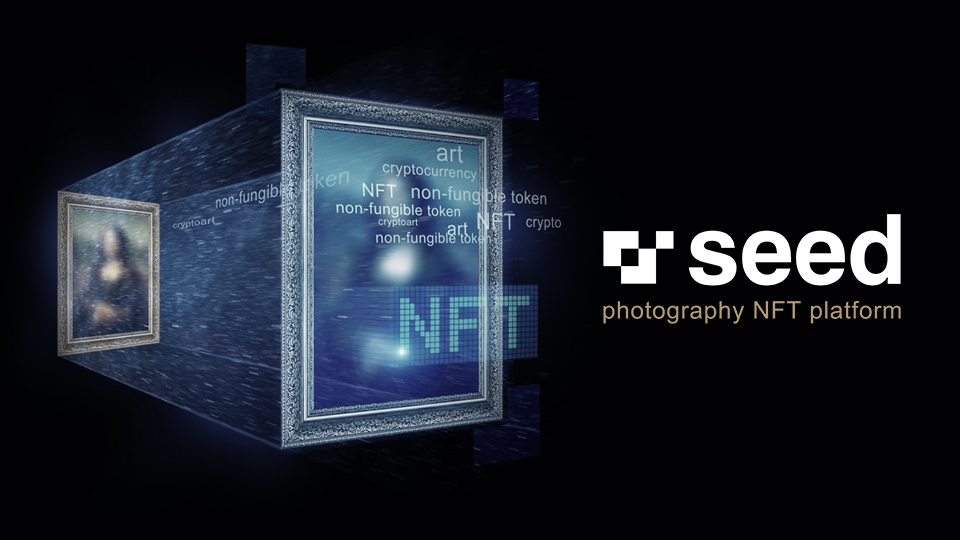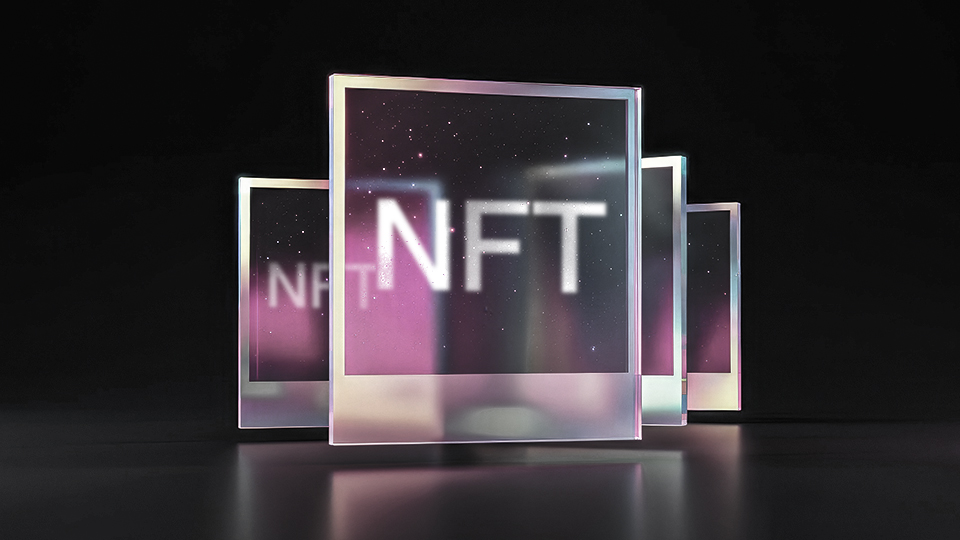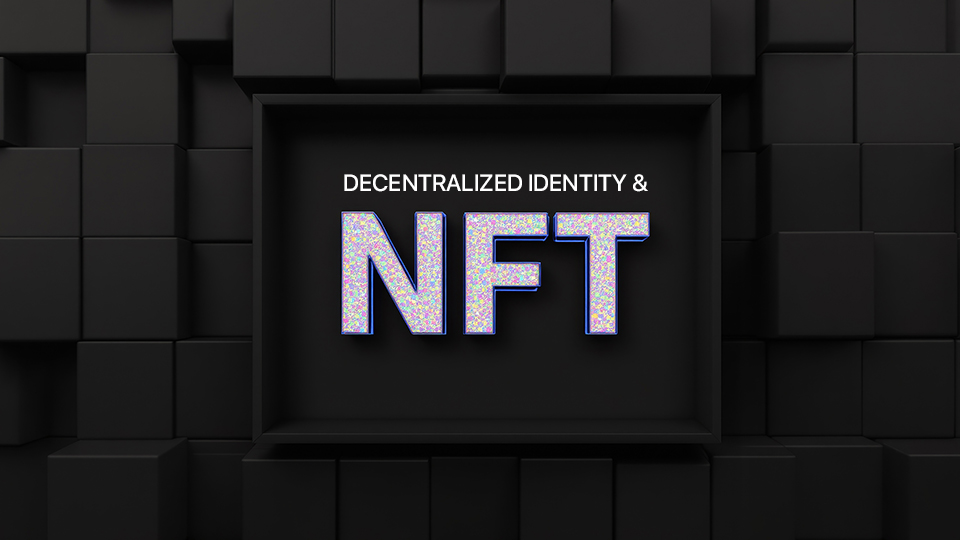Real-World Asset Tokenization: A Growing Opportunity
Real-world asset (RWA) tokenization is gaining momentum as a significant trend in the financial sector. This innovative approach involves converting physical assets into digital tokens on a blockchain, making them easier to trade and manage. It’s not just a passing fad – experts predict that RWA tokenization could become a trillion-dollar opportunity. With institutions and banks getting involved early on, it’s clear that this revolution is attracting serious attention from the financial sector.

However, unlocking the full potential of RWA tokenization won’t happen overnight. It requires a combination of factors to come together coherently. First and foremost, it demands time for the technology to mature and for market participants to adapt to this new way of doing things. Collaboration is also key, as different stakeholders – including asset owners, technology providers, and regulatory bodies – need to work together to establish standards and best practices.
Technological advancement is another crucial aspect. As blockchain technology evolves and becomes more sophisticated, it will enable smoother and more efficient tokenization processes. Additionally, RWA tokenization must offer real utility to users – whether it’s providing liquidity, unlocking new investment opportunities, or streamlining asset management processes. Without clear benefits, adoption may be slow.

Last but not least, regulatory clarity is essential for the widespread adoption of RWA tokenization. Governments and regulatory bodies need to establish clear guidelines and regulations to ensure that tokenized assets are compliant with existing laws and regulations. This will help build trust and confidence among investors and stakeholders, ultimately driving the growth of the market.



